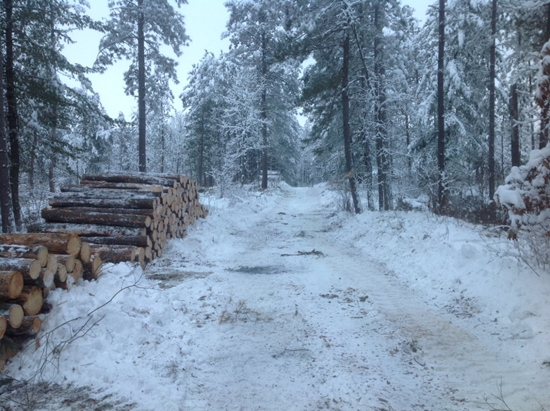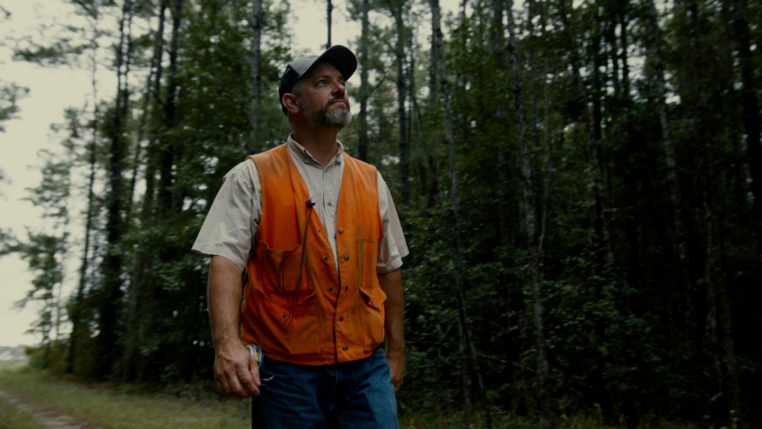Special Feature – Logging in the Lake States

Spring Break-Up is Coming
As the days grow longer, the logging season in the Lake States begins to slow, eventually giving way to spring thaw. The logging roads built with a combination of ice and snow, compaction, and dedication begin to yield to the warming sun. The roads running north and south give way first.
The consuming mills, in a good winter, have met their quotas and continue to deliver daily fiber usage to the mill, as long as the weather permits. The loggers are finishing up stockpiling wood in a strategic location near all season roads (roads that can bear the weight of a tractor-trailer loaded with logs). The stockpiled wood is needed to bridge the gap during the spring thaw and summer harvest. This period is affectionately known by many as spring break-up.
The end of the long hours of the winter logging season is here. The loggers, foresters, scalers and woodyard operators take solace in the accomplishments of a successful winter logging season. For some mills this is no small accomplishment, as more than 60 percent of the fiber needs are procured during the winter harvest season. For the larger consuming mills in the region, 300-500 truck deliveries per day are required during this period. This demand emphasizes the need for a viable logging infrastructure and healthy transportation workforce to harvest and deliver logs from the woods to the mill.
For the past 25 years, another dynamic also takes place during spring break-up. This is the time for logger training and education. During the winter months, the Lake States respective logger education programs have been busily pulling together training curriculum. The training programs are designed to provide loggers with the education and training necessary as required by forest certification programs like the Sustainable Forestry Initiative. These programs assure that logging businesses are up to date with safety and environmental training requirements. They are also an important piece of the forest products industry commitment to the value of a safe logging workforce and to provide products from well-managed forests. Providers of logger education programs in the Lake States Region are below.
The Average Joe Logger?
The loggers of the Lakes States Region are the backbone of a healthy forest products industry. This month, FRA in cooperation with Michigan State University, and the Universities of Minnesota and Wisconsin have created Technical Releases detailing a typical logging business in the three states. These technical releases look at key features of the logging sector in the respective state.
Although the loggers in the region have many similarities, they are also distinctly different. A common issue faced by the logging sector, which should be a concern to all, is the aging of business owners and few younger businesses starting up. Another similarity in the region is that a fewer number of businesses are supplying a larger amount of the volume to consuming mills. The smaller logging businesses are critical to meeting overall demand but are likely to exit the industry in the next five years.
Differences among logging businesses also exist across the Lake States Region. Some of these differences include the size of operation, harvest equipment or system used, stumpage sources and what percentage of timber volume to be harvested is purchased by someone else.
The information provided by the surveys is a valuable source of knowledge and is important to the entire wood supply chain. Loggers, foresters, managers, and associated businesses will benefit from reviewing the results and conclusions of the survey findings. The information may also help in developing a business’s response to address concerns presented in the survey findings.
The information provided in the Technical Releases is from a survey of logging businesses for the year 2016. Links to the “Average Joe” Technical Releases are available on the FRA website for Michigan, Minnesota, or Wisconsin (website login required).

As the days get longer and the sun gets warmer, the logging roads used to access and manage forests in the Lake States Region giving way to spring thaw. This time of year is known as the “break-up” period. A time of reflection on the winter harvest, and a time for education.


